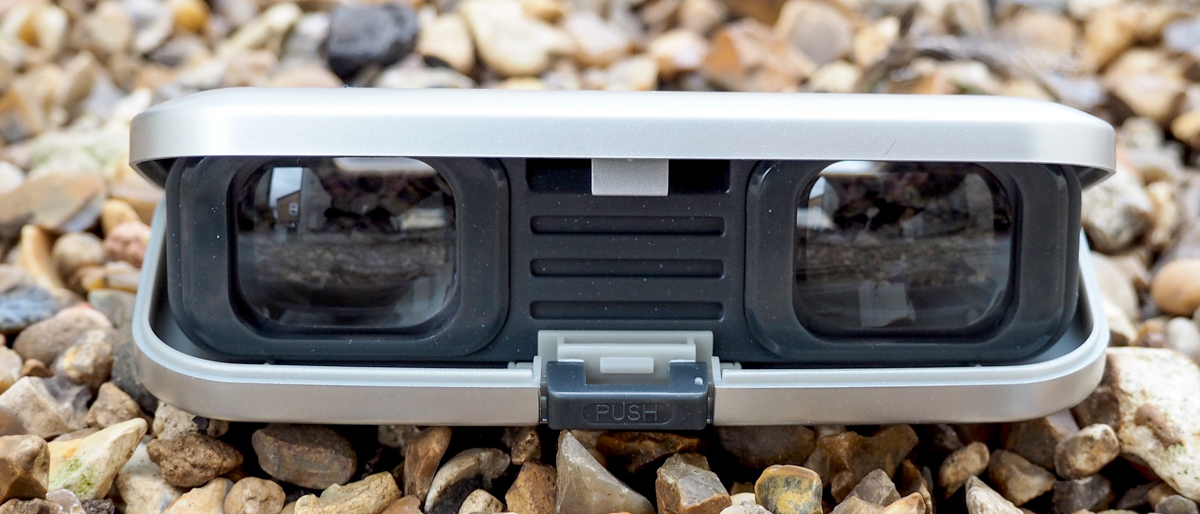Digital Camera World Verdict
This is an affordable pop-up/ foldable 3x viewer to enable us to get a better impression of the action unfolding on stage – though in fairness it works better if you already have decent seats rather than are viewing the stage from way up in the gods. Operation is a little stiff for our liking and the build is distinctly plastic and almost toy-like. However the device is better than the alternative of having nothing at all, and for the pocket money asking price, might just tempt an impulse purchase if we’re heading out to the theatre, opera or concert in the near future.
Pros
- +
Slimmer than a pack of playing cards ensures it slips easily into pocket or purse
- +
Pocket money price can’t be faulted
- +
3x magnification brings the action closer
Cons
- -
While better than nothing, 3x magnification feels a little underpowered
- -
Plastic-y looks and design
- -
Button to activate the pop-up mechanism is very stiff to operate
Why you can trust Digital Camera World
Reminding us of the kind of kids’ storybook viewer into which slot circular wheels of film frames, this similar retro feel device likewise features two eyepieces, and indeed two lenses. Where it differs is via its neat clamshell-like design that flattens everything down for easy, pocket friendly transportation. Indeed, when shut, the Kenko Pliant 3x25 Slim opera glasses sport a depth that is slimmer than a pack of playing cards. Thanks to its silver, albeit plastic-y finish, the Japanese made device for a pocket money price most closely resembles a business card holder. So if we’re seeking an obtrusive viewing aid for a night at the opera, or even pantomime, this is it.
While it looks the part from a practical perspective and is priced very favourably too, how does it measure up in practice?
Specifications
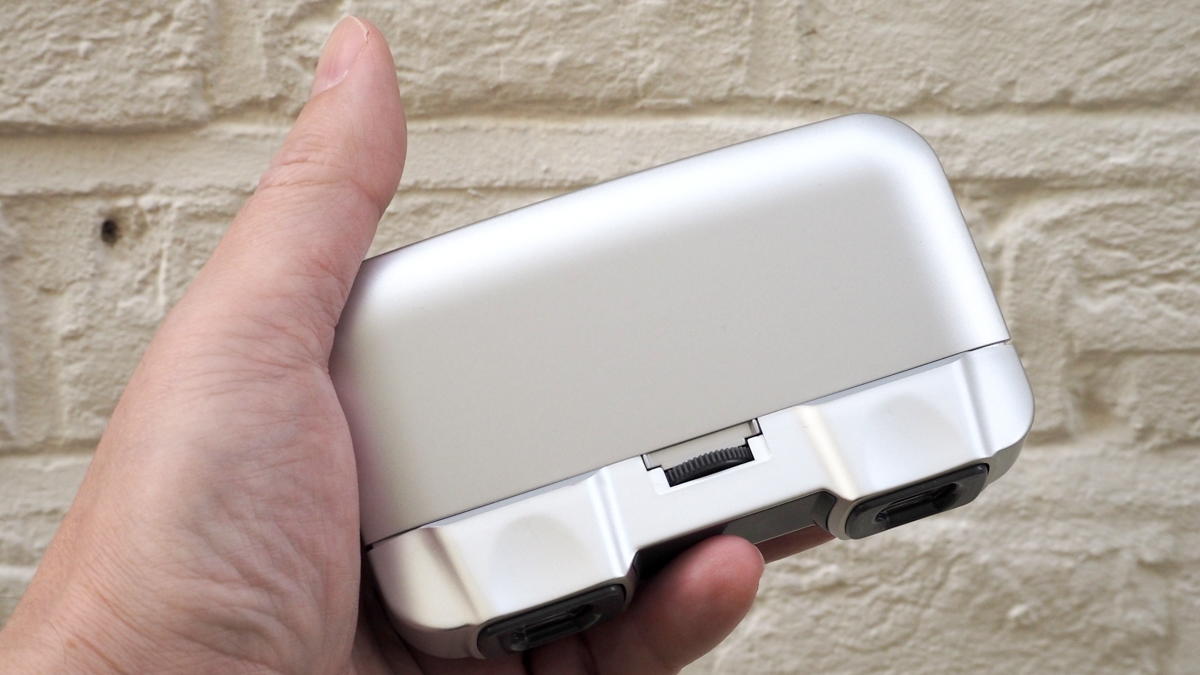
Magnification: 3x
Objective lens diameter: 25mm
Field of view: Not given
Closest focusing distance: 2 metres
Eye relief: Not given
Weight: 65g
Dimensions: 115x64x20mm
Key features

While most opera glasses resemble miniature binoculars, this device takes a different tack, enabling a set up that is as compact as possible. And that’s the reason why most of us will be considering these Kenko Pliant 3x25 Slim opera glasses, aside from the provided 3x magnification twinned with 25mm objective lens, a combination best described as adequate. We had the metallic silver version in for review, although baby blue and pastel pink cased alternatives are also listed, which look distinctly more toy-like to our discerning eyes. The main selling point and indeed feature here is being able to pop up and open the device for viewing, or fold it down for easy transportation in a pocket or purse. And, aside, from a central focus wheel to make fine-tune adjustments in situ, that’s really all there is to it.
Build and handling
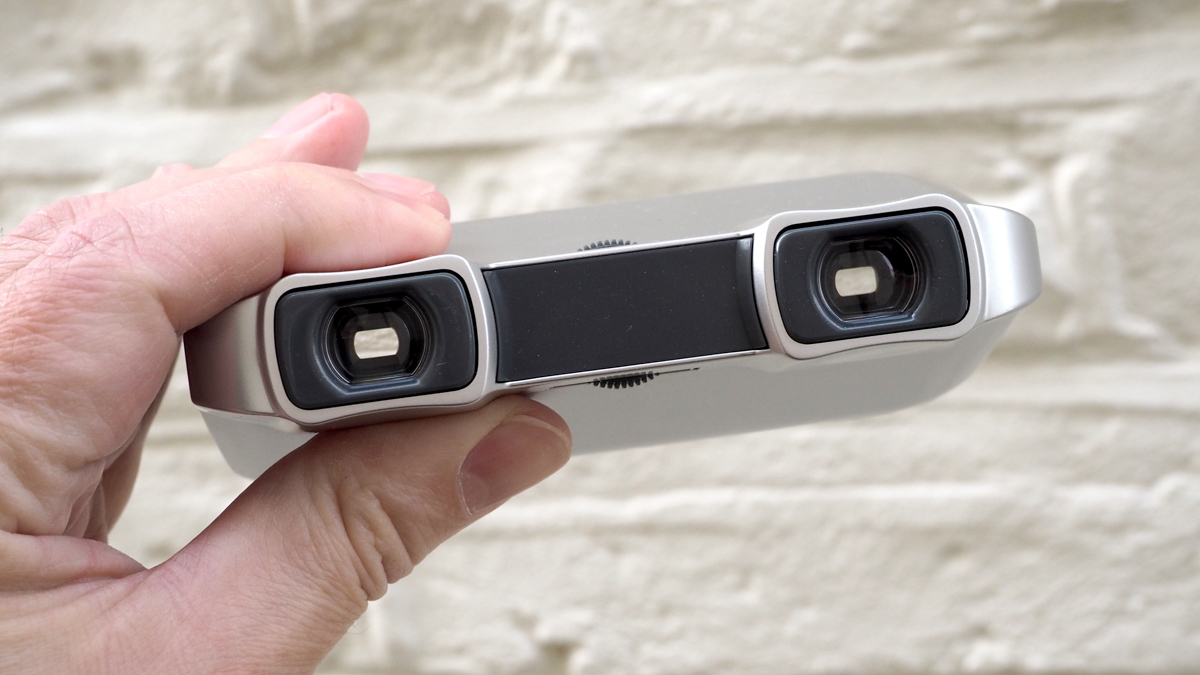
If you’ve not heard of Kenko, you might well have heard of optical specialist Tokina, the two companies having merged in 2011, with currently a head office in Tokyo. That pedigree led us to believe we might be getting more from this viewer than its build and cheap price tag might initially suggest. However, we were to be slightly disappointed. While the Kenko Pliant 3x25 Slim opera glasses are distinctly plastic-y in feel, they are also a little stiff in operation. We had to press the ‘push’ button quite hard to get them to ‘pop up’ into their viewing position.
Shutting them once we’re done is much easier – and just involves gently pressing down on the lid to enable them to click back into their flattened position. Aside from the modest 3x magnification which is of course better than nothing, the main selling point here is the compact and very lightweight form factor at a mere 65g, and for portability and convenience this device very much delivers.
Rivals
Resembling something a Second World War spy might have had in their tool kit, the Kenko Pliant 3x25 Slim opera glasses differ from the majority of alternatives on the market thanks to their flattened profile when not in use. Competing opera glasses are typically a little more expensive not to say larger, while at the same time more obviously resembling miniaturized binoculars. A case in point is the glitzy, metal construction Eschenbach Glamour 3x25 binocular/ opera glasses and the lighter weight and more outwardly modern looking 4x10 Carson Operaview OV-410 binocular.
While the basic spec of the Kenko Pliant 3x25 Slim opera glasses and the Eschenbach Glamour 3x25 is identical on paper, using them is a whole different experience. That’s partly because we’re paying up to 5x the price at some retailers for the more solid feel, metal build of the latter. While not perfect, we feel the Eschenbach is a distinct step up.
So too is the Carson alternative. While this option is also plastic-y and lightweight in feel, it does the job and we appreciated the slightly better 4x magnification, especially if residing in the cheaper seats.
Performance
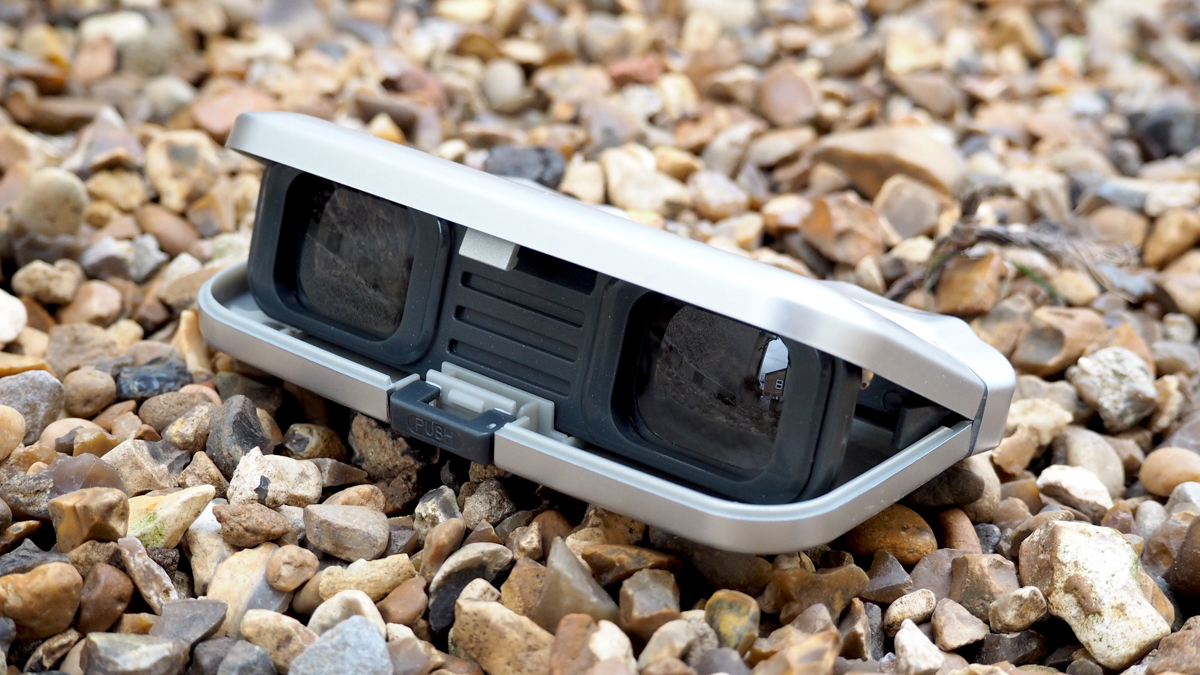
With a focus adjustment wheel provided between the eyepieces of the Kenko Pliant 3x25 Slim opera we were able to get a good clear view, though the actual field of view isn’t that wide at all. Nor is the 3x magnification that impressive. It’s better than nothing, for sure, but we’d prefer something with a bit more poke – even if that means taking along an actual 8x compact binocular that we can still secrete in a jacket pocket on a night out.
The Kenko Pliant 3x25 Slim opera glasses are fine if we’re only a few rows away from the action on stage and want to get a better look at performers facial expressions, but will feel frustratingly underpowered if we’re going to be viewing proceedings from the cheaper seats up in the gods.
Verdict
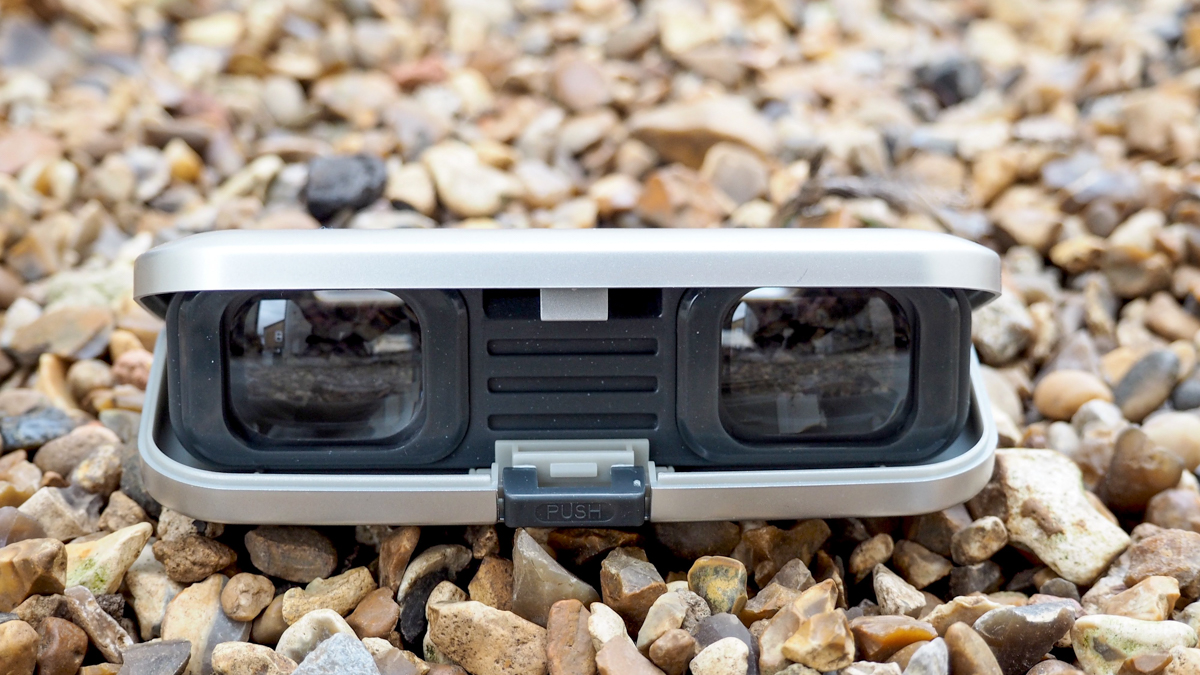
Thanks to their pocket money asking price, the Kenko Pliant 3x25 Slim opera glasses have obvious gifting potential – perhaps something to include as an ‘extra’ with a main present of tickets to the theatre? The 3x magnification only gives a slight boost, but, we feel is better than nothing, while the compact size and lightweight build means that we're more likely to slip these into a pocket or purse than some alternatives.
While we’re not wild about the plastic-y construction and stiff operation, this needs to be considered alongside the unit’s ‘cheap as chips’ asking price.
Ultimately if you're a regular theatre or opera go-er you might want to spend a bit more on a product that’s more substantial. But for casual or occasional users, or those wanting something that’s a bit of fun for not a great deal of money, these will do just fine.
Check out our guide to the best opera glasses. Also, see our other binocular guides:
• Best budget binoculars
• Best binoculars for kids
• Best binoculars
• Best night vision binoculars
Gavin has over 30 years’ experience of writing about photography and television. He is currently the editor of British Photographic Industry News, and previously served as editor of Which Digital Camera and deputy editor of Total Digital Photography.
He has also written for a wide range of publications including T3, BBC Focus, Empire, NME, Radio Times, MacWorld, Computer Active, What Digital Camera and the Rough Guide books.
With his wealth of knowledge, Gavin is well placed to recognize great camera deals and recommend the best products in Digital Camera World’s buying guides. He also writes on a number of specialist subjects including binoculars and monoculars, spotting scopes, microscopes, trail cameras, action cameras, body cameras, filters and cameras straps.
